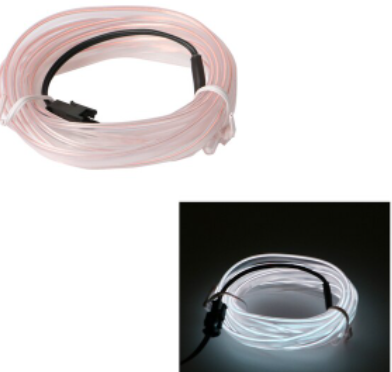Here are some facts on how elections work inAustralia:
* Australia does not have a set date fornational elections, but the maximum term for the House of Representatives isthree years. The election is called by the prime minister. The previouselection was on May 18, 2019.
* There are two houses of parliament, with thegovernment formed by the party or coalition holding a majority in the lowerchamber, the House of Representatives. The prime minister, currently ScottMorrison, is chosen by the governing party from the House.
* All 151 seats in the House will be up forelection. Morrison"s Liberal-National coalition holds 76 seats, the oppositionLabor Party led by Anthony Albanese holds 68 and seven are held by minorparties and independents.
* Since the last election, a review ofelectoral boundaries and population changes added one seat for the state ofVictoria while Western Australia lost one.
* The upper house, the Senate, has 76 members- 12 from each of the six states and two from each of Australia"s twoless-populous territories. Forty Senate seats - six from each state and thefour territory seats - will be contested at this election.
* A graphic on the last parliamenthttps://tmsnrt.rs/3yKsiGJ
* State senators are elected for six-yearterms, while territory senators are elected for three years. There are somecircumstances when the House of Representatives and Senate cannot agree onlegislation and the entire upper house can be dissolved for election.
* Voting is compulsory for about 16 millionAustralians, who must register when they turn 18. Those who do not vote face afine of A$20 ($14)
* Australia has a preferential voting systemfor elections to the lower house. Voters rank candidates in order of preferenceon their ballot papers.
* A lower-house candidate who gets more than50% of the first-preference votes wins the seat. If no candidate reaches thatthreshold, the one with the fewest votes is is excluded and their votes aredistributed to the person each of those voters nominated as their secondpreference. This continues until one candidate passes the 50% threshold.
* Since 2010 there has been a high turnover ofprime ministers, following changes that allow the governing party to call aleadership vote without involving the electorate. In that period, Kevin Rudd(Labor), Julia Gillard (Labor), Rudd (for a second time), Tony Abbott(Liberal), Malcolm Turnbull (Liberal) and Morrison (Liberal) have served asprime minister.
* Following changes to Liberal Party rules oninternal leadership votes, Scott Morrison has become the first Prime Ministerto serve a full three-year term since a John Howard-led coalition was voted outin 2007 after 11 years in power.




